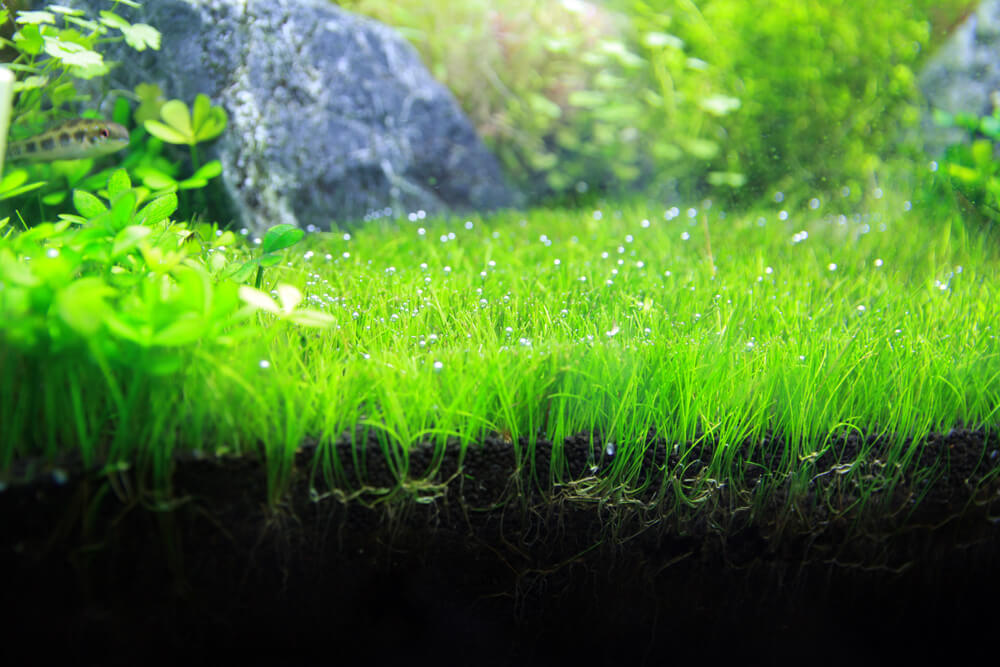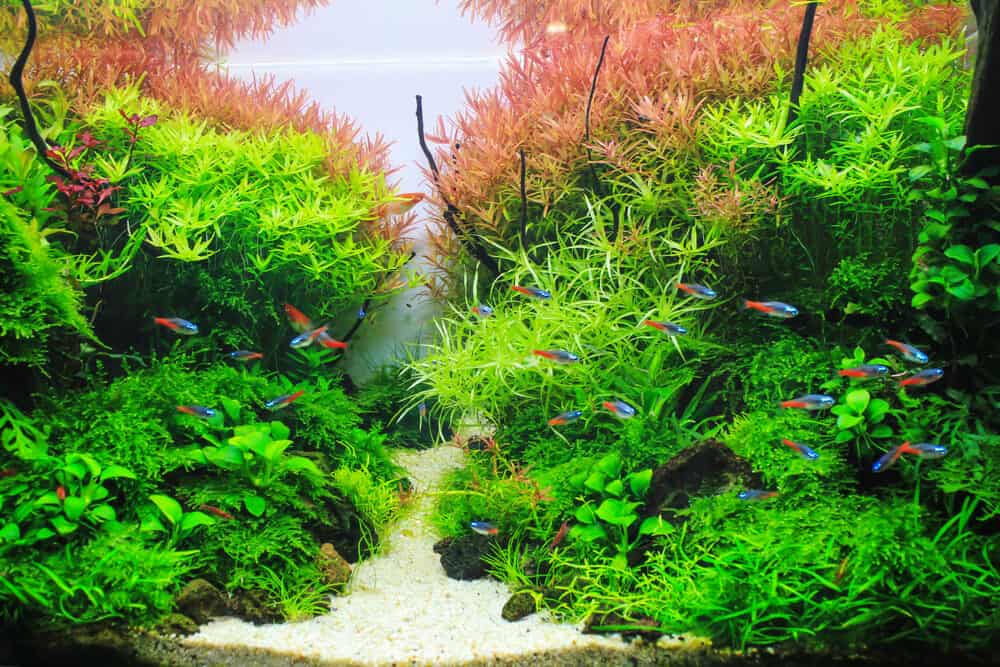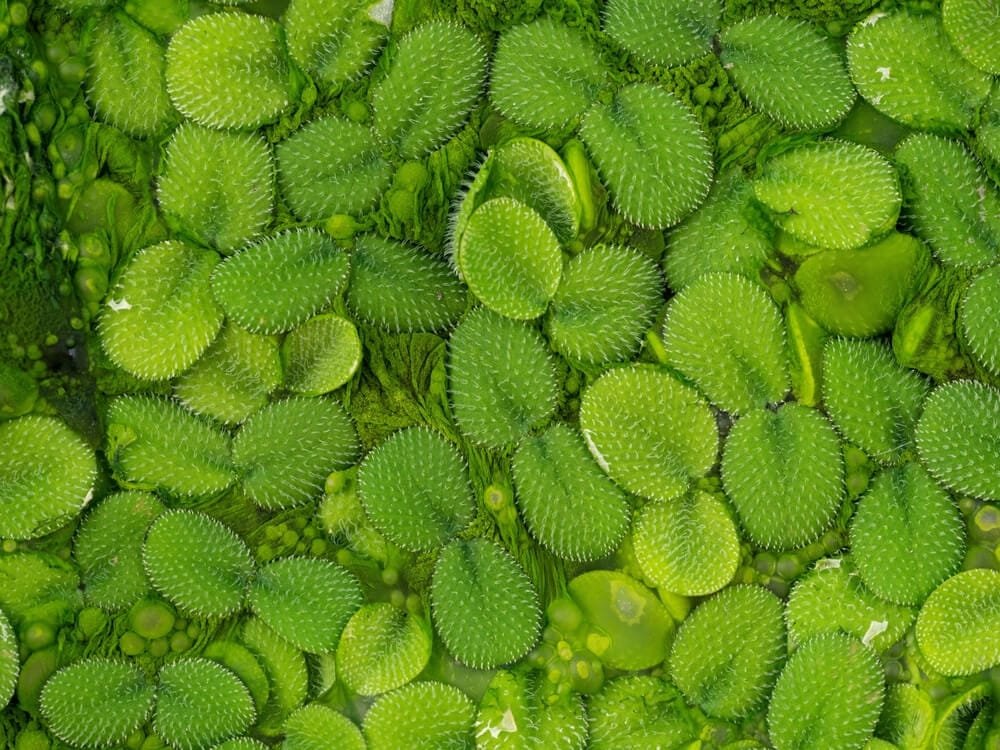If you’ve ever dreamt of creating a lush and vibrant underwater garden in your fish tank, look no further than Dwarf Hairgrass. This elegant and resilient aquatic plant, with its delicate green blades and graceful appearance, adds a touch of natural beauty to any aquarium. Whether you’re a seasoned aquarium enthusiast or just starting out, Dwarf Hairgrass is a perfect choice to enhance the aesthetics of your underwater oasis.
Plant Overview
Description
Dwarf Hairgrass (Eleocharis parvula) is a popular aquarium plant known for its small, fine leaves that resemble grass and create a lush carpet effect. It belongs to the Cyperaceae family and is native to North America. This plant is a great choice for aquascaping enthusiasts as it can add a touch of natural beauty to any aquarium.
Origin and Habitat
Originally found in North America, Dwarf Hairgrass is now widely cultivated and commonly used in aquariums around the world. It is mainly found in freshwater environments, particularly in wetlands, marshes, and along the edges of rivers and lakes. The plant typically grows in shallow water or moist soil.
Appearance
Dwarf Hairgrass is characterized by its needle-like leaves that grow in dense clusters. The leaves are bright green in color and can reach a height of 1 to 5 centimeters when fully grown. The plant forms a dense carpet-like layer due to its rapid growth and spreading nature.
Growth Habit
Dwarf Hairgrass is a fast-growing plant that can quickly spread and cover the substrate of an aquarium, creating a vibrant green carpet effect. It is a versatile plant that can be used in various aquascaping styles, including nature aquariums and Dutch-style aquariums. It can be grown submerged or partially submerged, depending on the desired effect.
Planting and Care
Lighting Requirements
Dwarf Hairgrass requires moderate to high lighting to thrive. Ideally, it should receive at least 8 to 10 hours of light per day. LED aquarium lights are recommended as they provide the necessary spectrum and intensity required for optimal growth. It is important to avoid excessive lighting, as it can lead to algae growth.
Water Parameters
In terms of water parameters, Dwarf Hairgrass thrives in slightly acidic to neutral pH levels ranging from 6.0 to 7.5. It prefers soft to moderately hard water with a temperature between 70 to 82 degrees Fahrenheit (21 to 28 degrees Celsius). A good filtration system is essential to maintain water quality and prevent the accumulation of organic waste.
Substrate and Planting
Dwarf Hairgrass requires a nutrient-rich substrate to promote healthy growth. A mixture of nutrient-rich soil and sand or gravel can be used as a planting medium. It is important to ensure that the substrate is well-drained to prevent water stagnation and the formation of anaerobic conditions. Plant the hairgrass in small clusters, spacing them a few centimeters apart, and gently press them into the substrate.
Maintenance
Regular maintenance is essential to keep Dwarf Hairgrass looking its best. Trim the plant periodically to maintain its desired height and prevent it from overshadowing other plants. Additionally, removing any decaying leaves or debris helps to keep the aquarium clean and prevents the accumulation of organic waste. Routine water changes and the use of fertilizers specifically formulated for aquatic plants can also contribute to the plant’s overall health and vitality.
Propagation
Sexual Reproduction
Dwarf Hairgrass can reproduce sexually through the release and fertilization of its small, greenish flowers. However, this method of propagation is relatively rare in aquarium settings and is more commonly observed in natural habitats.
Asexual Reproduction: Runners
The most common method of propagation for Dwarf Hairgrass in aquariums is through the use of runners. Runners are long, thin stems that grow horizontally from the base of the plant and develop new daughter plants at their nodes. Once the daughter plants have established their own root systems, they can be separated from the parent plant and replanted to form new clusters.
Asexual Reproduction: Division
Division is another method of asexual reproduction for Dwarf Hairgrass. This involves carefully uprooting the plant and dividing the clump into smaller sections. Each divided section is then replanted separately, allowing it to develop its own roots and grow into a new plant.
Aquascaping Uses
Foreground Plant
Due to its small size and dense carpet-like growth, Dwarf Hairgrass is commonly used as a foreground plant in aquascaping. Its vibrant green color and graceful appearance create a visually appealing and natural-looking foreground that enhances the overall aesthetics of the aquarium.
Carpeting Effect
One of the main reasons why aquarists choose Dwarf Hairgrass is for its ability to create a lush carpet effect. When planted in clusters and given the proper conditions, it can spread and cover the substrate, resembling a beautifully manicured lawn. This carpeting effect adds depth and texture to the aquarium and serves as an excellent contrast to taller plants in the background.
Creating Depth
Dwarf Hairgrass is also useful for creating a sense of depth in an aquarium. By placing it in the foreground and gradually tapering its height towards the background, it can give the illusion of a deeper tank. This technique is often used in aquascaping to create a captivating and visually immersive underwater landscape.
Compatibility with Other Plants and Animals
Plant Compatibility
Dwarf Hairgrass is a versatile plant that can be easily integrated into various aquascaping setups. It is compatible with a wide range of aquatic plants, including stem plants, mosses, and ferns. When choosing companion plants, it is important to consider their growth rate and light requirements to ensure harmonious growth and prevent overshadowing or shading.
Animal Compatibility
Dwarf Hairgrass is generally compatible with most freshwater fish and invertebrates. However, it is important to consider the specific needs and behaviors of the animals present in the aquarium. Some aquatic species, such as certain cichlids or large herbivorous fish, may uproot or consume the hairgrass. In such cases, it is advisable to protect the plant by using rocks or other obstacles to create a physical barrier.
Common Issues and Troubleshooting
Algae Growth
One common issue that aquarists may encounter with Dwarf Hairgrass is excessive algae growth. This can occur due to imbalance in lighting, nutrient levels, or poor water quality. To prevent or control algae growth, ensure proper lighting duration and intensity, maintain balanced water parameters, regularly remove decaying plant matter, and consider adding algae-eating fish or invertebrates.
Plant Melting
Plant melting, where the leaves of Dwarf Hairgrass turn brown and wither, can be a sign of poor acclimation to new conditions or nutrient deficiencies. To prevent plant melting, ensure a gradual transition when introducing the plant to a new environment, provide adequate lighting and nutrient supplementation, and maintain optimal water parameters.
Yellowing Leaves
Yellowing leaves in the Dwarf Hairgrass can indicate nutrient deficiencies, particularly a lack of iron or other micronutrients. Adding a liquid fertilizer specifically formulated for aquatic plants can help address this issue. Additionally, adjusting lighting and water parameters to meet the plant’s requirements can also help prevent yellowing leaves.
Pests and Diseases
Dwarf Hairgrass is generally resistant to pests and diseases; however, it can occasionally be affected by common aquarium ailments such as snail infestations or fungal infections. Regular observation and maintaining good water quality can help prevent these issues. If necessary, appropriate treatment methods can be employed, such as introducing snail-eating fish or using aquarium-safe medications.
Conclusion
Dwarf Hairgrass is a beautiful and versatile plant that can add a touch of natural elegance to any aquarium. Its carpet-like growth, vibrant green color, and compatibility with other plants and animals make it a popular choice for aquascaping enthusiasts. By providing the necessary care, lighting, and maintenance, you can create a captivating underwater landscape with Dwarf Hairgrass as a stunning centerpiece. So go ahead and bring the beauty of nature into your own aquatic oasis with this delightful plant.







